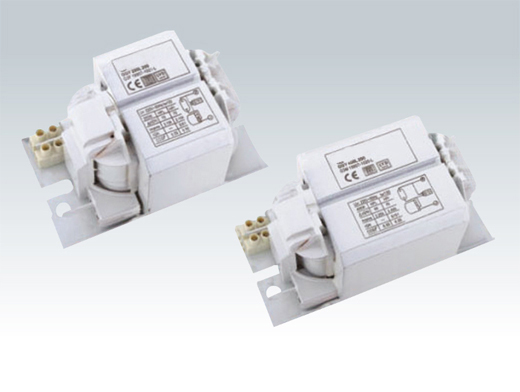Home »
FAQs » What's the HID ballast losses?
What's the HID ballast losses?
2014-03-05 15:35:59
Magnetic ballast construction ideal for a wide variety of lighting applications.Precision-wound coils, ensuring even heat dissipation and the highest electrical integrity.Provide voltage to breakdown the gas between the electrodes of arc lamps and initiate starting.
Provide voltage and current to heat the electrodes to allow a low voltage, high current arc mode to develop (referred to as glow-to-arc transition, GAT).
Provide enough current to heat and evaporate the light emitting components after an arc has been established. Provide enough sustaining voltage (see Vss) to maintain the arc during warm-up and operation.
Set lamp current once all the evaporable materials have reached thermal equilibrium.
HID BALLAST LOSSES – Line input watts minus lamp watts equal ballast losses. Ballast losses represent the energy consumed by the ballast to operate the lamp. Standard industry practice is to measure and publish ballast losses without the luminaire. This practice has been followed because no two fixtures are alike in construction and component location or operate at the same temperature.The amount of energy consumed is dependent on the type of ballast selected, its design, construction, and materials composition, and operating ambient temperature. A non-regulating ballast can be designed to produce minimum losses at a specific line voltage. If the incoming supply is different, an additional transformer must be used and energy consumption increases substantially. Regulating ballast designs trade off losses for other desirable features such as
lamp wattage and line voltage regulation, dip tolerance, stable power factor and lower fusing currents. As a result, since regulating ballasts are being asked to do more work, these ballasts have the higher losses.
